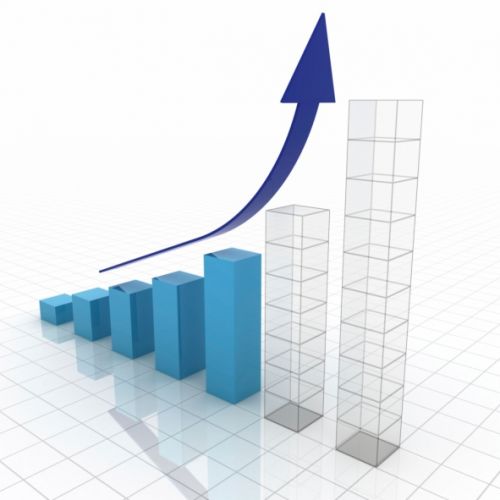 Did you know that in 2012, U.S. wind energy – for the first time – was the No. 1 new source of electricity generation, contributing 42% of all the megawatts installed by the power sector? Or that of the 3,250 providers of U.S. electricity, 43% of utilities reported having wind energy as part their system last year?
Did you know that in 2012, U.S. wind energy – for the first time – was the No. 1 new source of electricity generation, contributing 42% of all the megawatts installed by the power sector? Or that of the 3,250 providers of U.S. electricity, 43% of utilities reported having wind energy as part their system last year?
These impressive factoids are part of the American Wind Energy Association's (AWEA) newly released U.S. Wind Industry Annual Market Report for 2012, which summarizes the impressive inroads made by the U.S. wind industry last year. In fact, wind development broke all previous U.S. records for annual installs last year with more than 13.1 GW of capacity installed, pushing the cumulative total past 60 GW.
Granted, the deadline for the production tax credit was largely responsible for last year's total. Just the same, AWEA maintains that the numbers equate to something more tangible – that wind continues to be an important player in the nation's energy sector, with lower costs competitive with other generation sources, according to Elizabeth Salerno, AWEA's director of industry data and analysis.
She tells NAW that the increases are emblematic of what can happen when there are stable federal and state policies in place. Salerno says that the record installs and increasing levels of penetration from utilities are encouraging, considering that ‘the utility is the end customer for our product.’
Other 2012 highlights include the following:
– The top-five wind developers in the U.S., according to 2012 installed capacity, were NextEra Energy Resources (which installed more than 1.5 GW in 2012), followed by Iberdrola Renewables (716 MW), EDF (formerly enXco) (658 MW), Caithness Energy (640 MW) and Duke Energy (620 MW).
– The top-five manufacturers whose units were sold in the U.S. were GE (5 GW), Siemens Energy (2.6 GW), Vestas (1.8 GW), Gamesa (1.3 GW) and REpower Systems (595 MW).Advances in wind turbine technology have boosted capacity factors.
– Taller towers that reach stronger wind resources, along with longer blades that capture more energy, translate into lower overall cost of wind-generated electricity.
With longer blades, larger rotors and high hub heights, Salerno explains, wind energy is now viable in places previously thought unworkable.
‘The technology has increased to a point where the economics now work,’ she says. ‘In places like Ohio, Indiana, Michigan – at 80, 90, 100 meters – wind [energy development] now works in sites that were once thought unavailable.’
– The U.S. wind energy industry attracted $3 billion of tax equity supporting 2.9
GW and $4.9 billion of project debt supporting 4.3 GW.
With regard to project finance, ‘We're seeing a creativity in the way that wind projects are being financed,’ Salerno says, citing the growth in bond financing as a way to access cheaper capital.
Despite the impressive numbers from last year, challenges lie ahead. Salerno says that market dynamics for wind energy begin with the overall power sector, where market size will be dictated and limited by power prices and energy demand. The U.S. rate of progress for economic recovery, the resulting load growth and the price of natural gas will all play major roles going forward.
Further, wind opponents have sought to mitigate or reduce renewable portfolio standards in several important wind states, such as Kansas, Ohio and Minnesota – which is precisely why AWEA makes such data available, Salerno explains.
‘We want to release the information so our members are armed with the facts [to counter objections] and to make informed decisions,’ she says.



